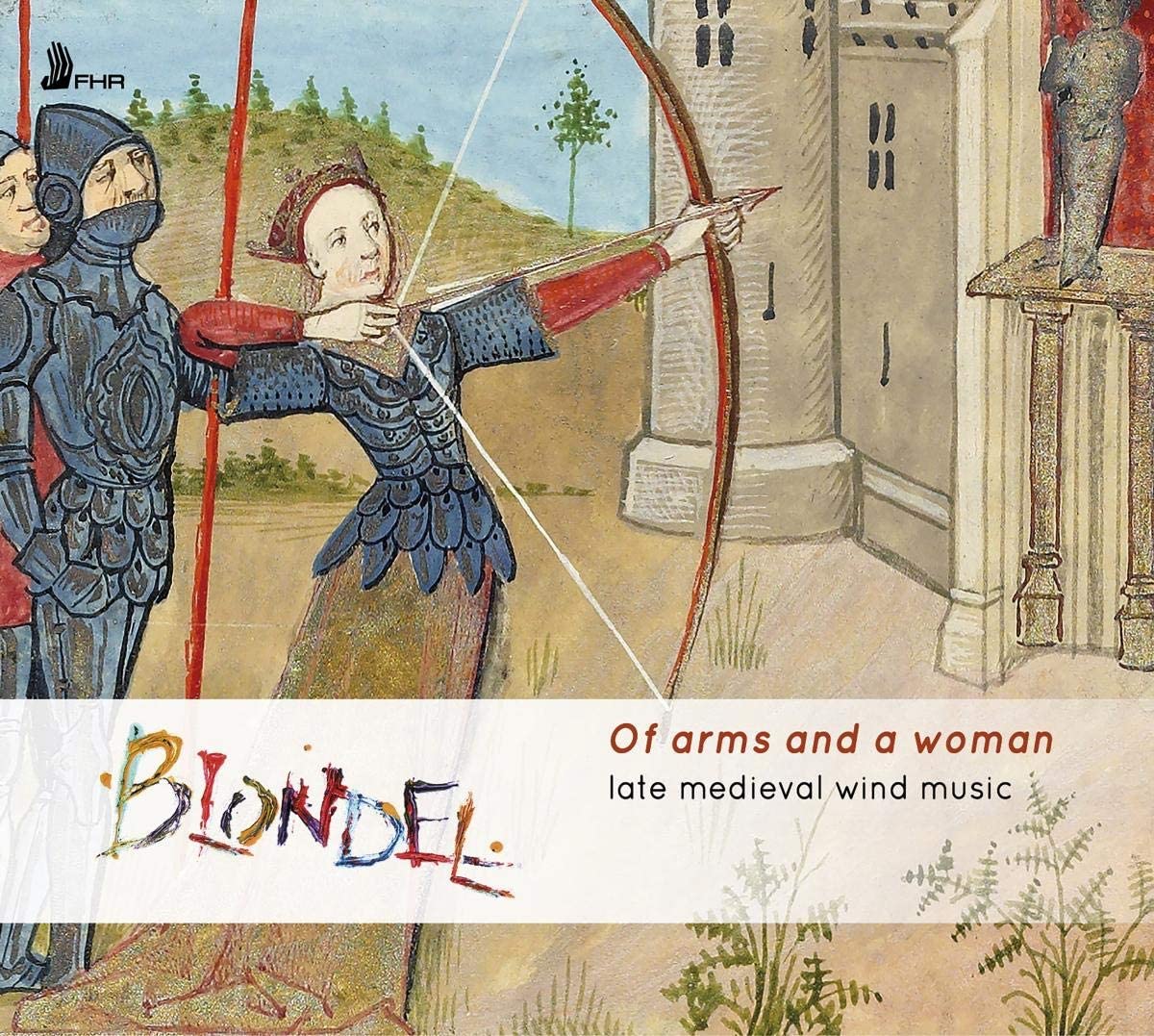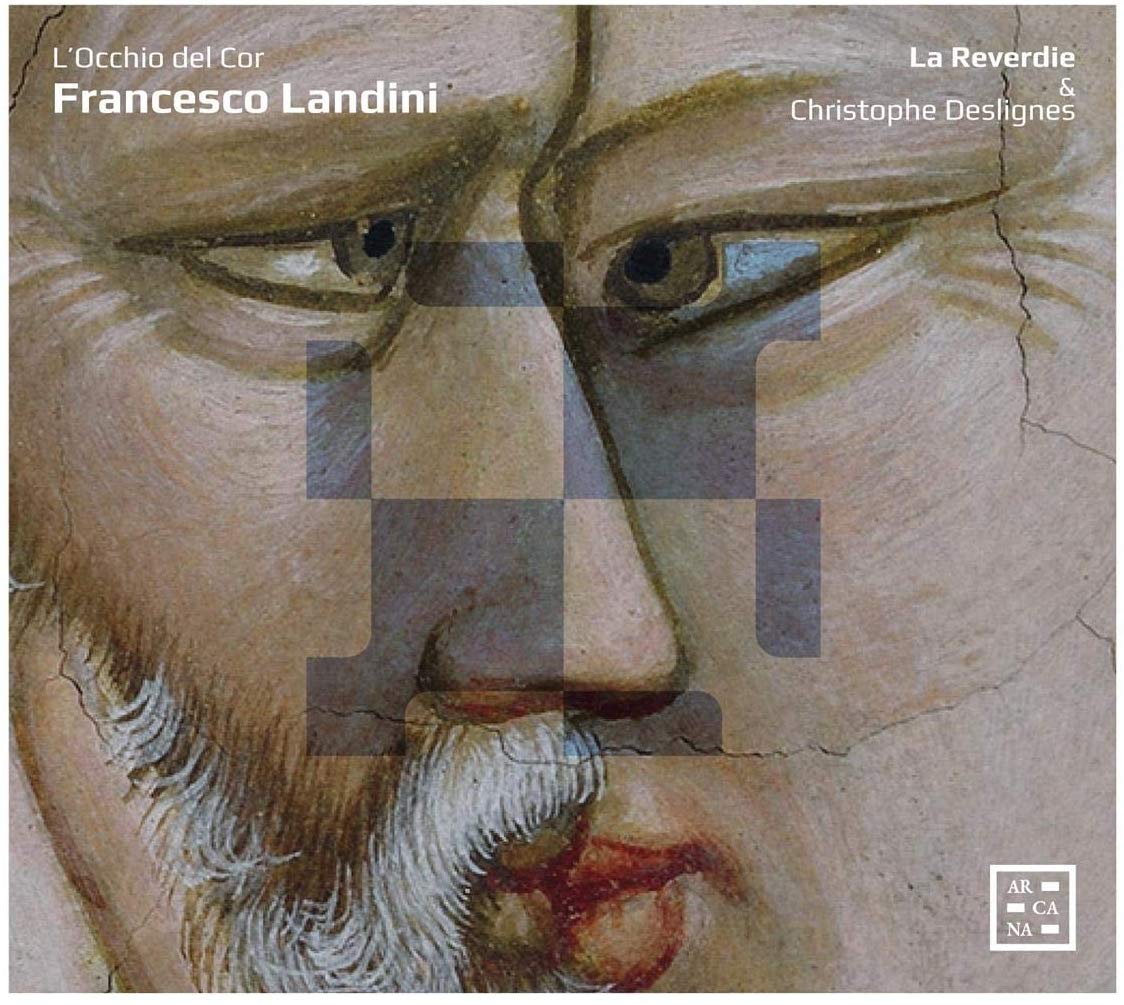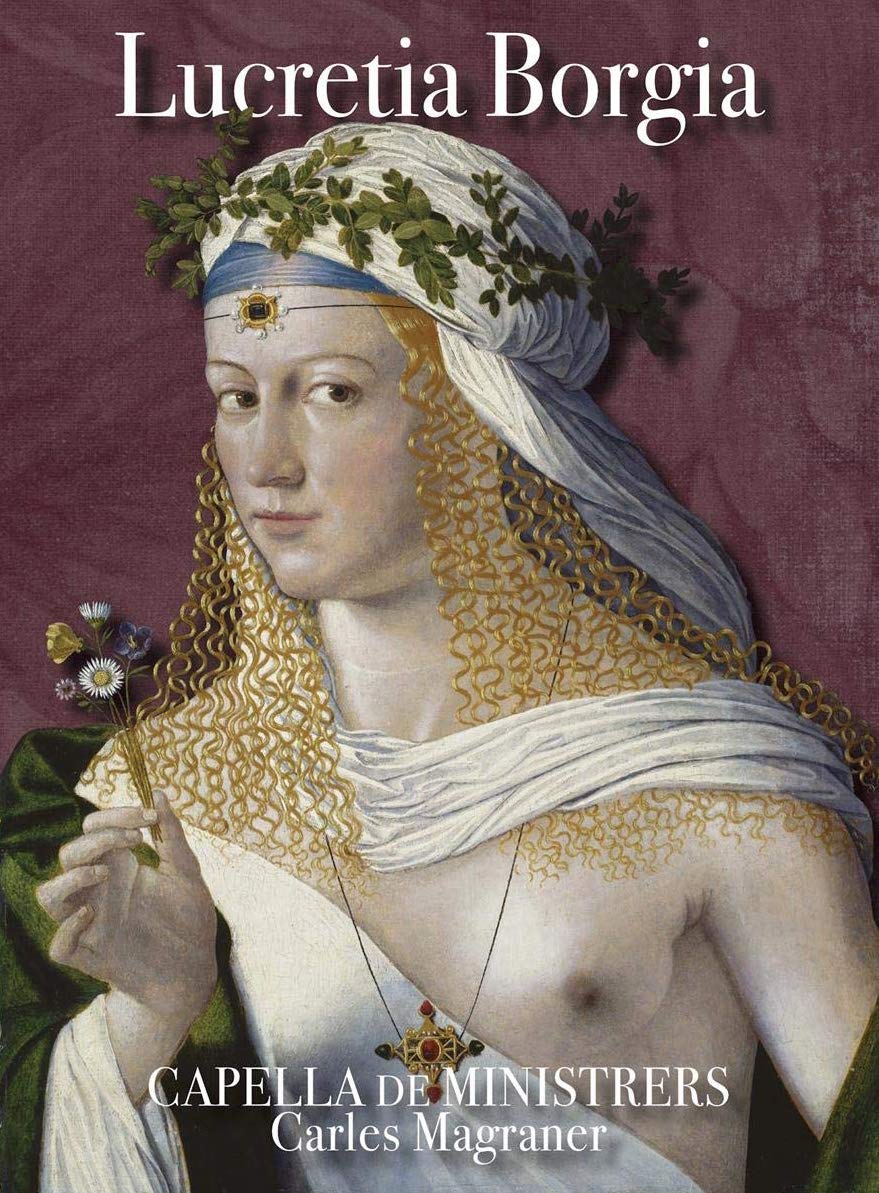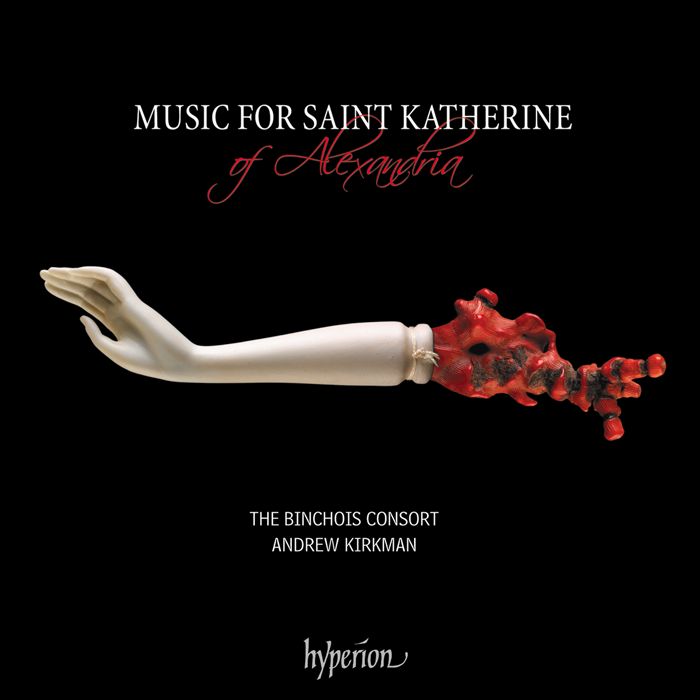late medieval wind music
Blondel
61:19
First Hand Records FHR69
Music by Bedygham, Binchois, Ciconia, Cordier, Dufay, Landini, Machaut, Morton, Des Prés & Solage
Click HERE to buy this on amazon.co.uk
This CD opens with a wonderfully declamatory account of Dufay’s Se le face ay pale on two soprano shawms, alto shawm, tenor sackbut and tabor, and there are equally stirring performances on the same instruments of other late medieval ‘standards’ such as A cheval, tout homme, a cheval, Lomme armé by Josquin and Robert Morton and the fabulous Files a marier by Gilles Binchois. However, this is a versatile group of players, and the three shawmers are also happy to take to a trio of bagpipes, providing a whole different timbre for engaging accounts of Reveillez vous piccars, Allez a la fougere and two songs by Machaut, Aymi! Dame de valour and Je vivroie liement. I found these Machaut pieces, presented so differently from normal, particularly intriguing. A final permutation is achieved when Belinda Paul, Lizzie Gutteridge and Emily Baines swap their ‘loud winds’ for recorders to give beautiful performances of music by Binchois, Bedyngham, Ciconia, Cordier and ‘Enrique’. As a bonus, the comprehensive programme booklet includes individual commentaries on each piece as well as the original song texts in translation! This is a CD bursting with late-medieval energy and subtlety, and the performers are to be congratulated for their beautifully nuanced performances of a range of well-researched and imaginatively presented music.
D. James Ross






